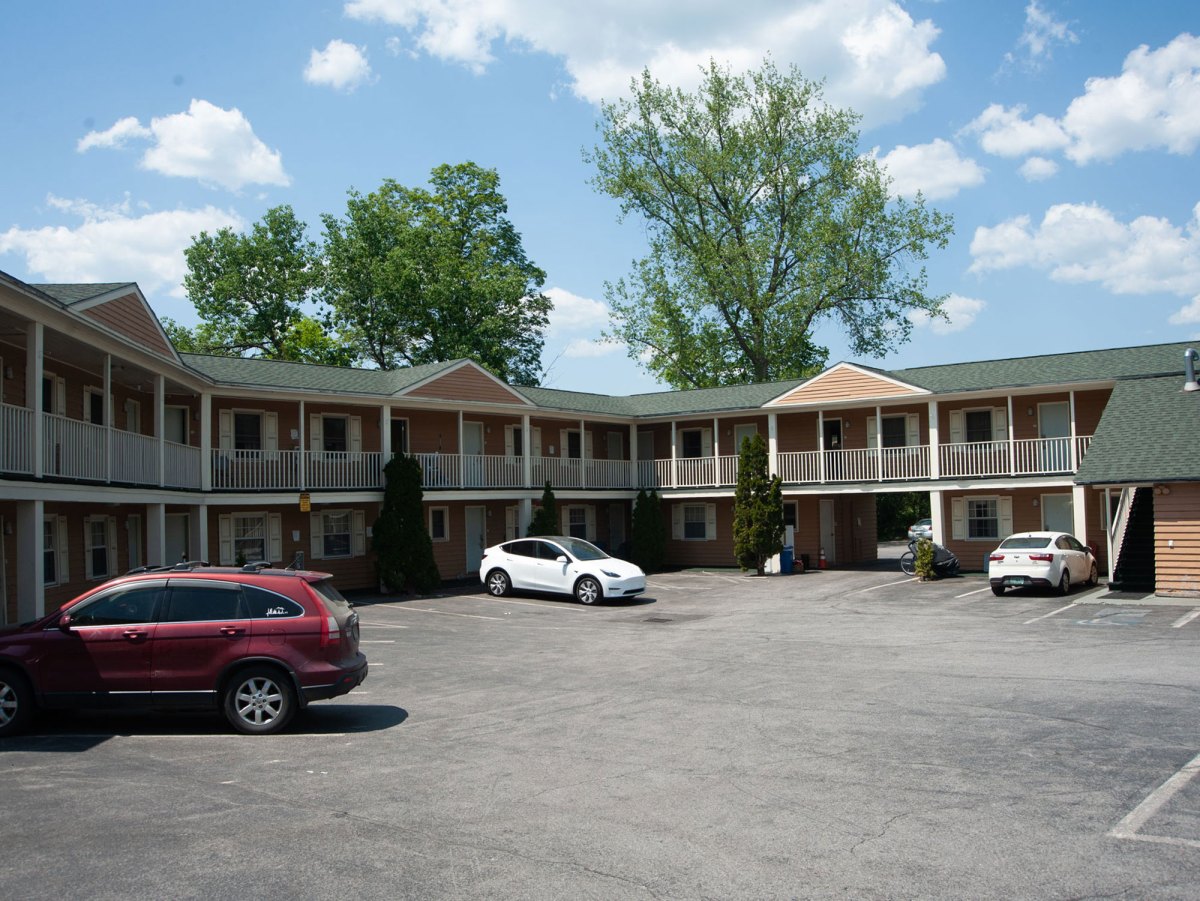
Theo Wells-Spackman is a Report for America corps member who reports for VTDigger.org.
Vermont’s Department for Children and Families has appealed an Aug. 7 Human Services Board decision that found the state had incorrectly enforced the 80-day limit on its motel voucher program.
The citizen panel reversed the department’s denial of emergency housing for petitioner “H.D.,” an individual with a severe medical condition whose name is being withheld, on the basis that they had already exhausted the 80-day maximum outlined in state law.
In June, local aid providers expressed surprise and dismay at the state’s enforcement of the time limit in relation to Gov. Phil Scott’s March executive order to extend emergency housing for certain medically vulnerable people and children through the end of the fiscal year. On July 1, over 800 people exited from motels across the state. Advocates said a change to the state’s enforcement could mean hundreds without shelter return to emergency housing.
Documents obtained by VTDigger show that Timothy Connors, chief of the state Attorney General’s Agency of Human Services Legal Division, filed an appeal of the Human Services Board’s decision to the Vermont Supreme Court on Monday.
The Attorney General’s office declined to comment, and the Department for Children and Families did not respond to requests for comment.
Vermont Legal Aid, which represented H.D. during their hearing, released a statement last week following the Human Services Board’s decision urging others who were denied emergency housing due to exceeding the 80-day limit to request a hearing of their own.
Maryellen Griffin, a staff attorney for Vermont Legal Aid, said state law limits the department’s ability to consider past use of the program when reviewing applications.
“It never says anything about going backwards or counting days from fiscal year 2025,” she said.
The state owes each qualifying applicant 80 days of emergency housing during the current fiscal year by law, Griffin said, within the program’s volume restrictions. As of Aug. 4, of the 1,100 rooms provided by the state, 518 were occupied.
“Our understanding is that the state plans to force each person to go through an individual appeals process,” she said.
Griffin said she was aware of her organization’s involvement in roughly 20 active cases of this kind.
“Our intake is certainly way up just the past couple days,” she said.
Though the actual appeal process may take months, Griffin said hearing officers have sometimes issued “benefits pending appeal,” meaning the person appealing may be granted housing while their case is being adjudicated.
Still, Griffin said the case-by-case approach is a waste of valuable time and resources.
“I think that it would be much better for the department to simply implement the correct interpretation across the board,” she said.
The ultimate outcome of H.D.’s appeal and related cases will depend on the decision of the Vermont Supreme Court. As it stands, however, people who were denied emergency housing based on previous use of the program may be able to successfully appeal that decision, advocates say.
Hundreds of people could gain emergency housing through such petitions, according to Brenda Siegel, executive director of End Homelessness Vermont.
Her organization is working on about 40 ongoing cases related to the issue, she said, adding “that’s just a small fraction of the people who this impacts.”
According to Siegel, some medically vulnerable people who lost housing July 1 have already died, while others have gone without food for long stretches to try and keep a roof over their heads.
“It’s a big deal,” Siegel said. “This emergency shelter is life-saving.”
A main challenge faced by local aid providers is keeping clients informed of their options, Siegel and Griffin said.
They said it wasn’t clear in the state’s earlier messaging that people who used Scott’s extension would have those days counted toward their housing limit later that calendar year. For now, they’re emphasizing, people may be able to get housing regardless of their history in the program.
“People living with disabilities who are experiencing homelessness deserve to survive our state’s housing crisis,” Siegel said
Clarification: A previous version of this story mischaracterized how housing access will be impacted by the Vermont Supreme Court ruling.

